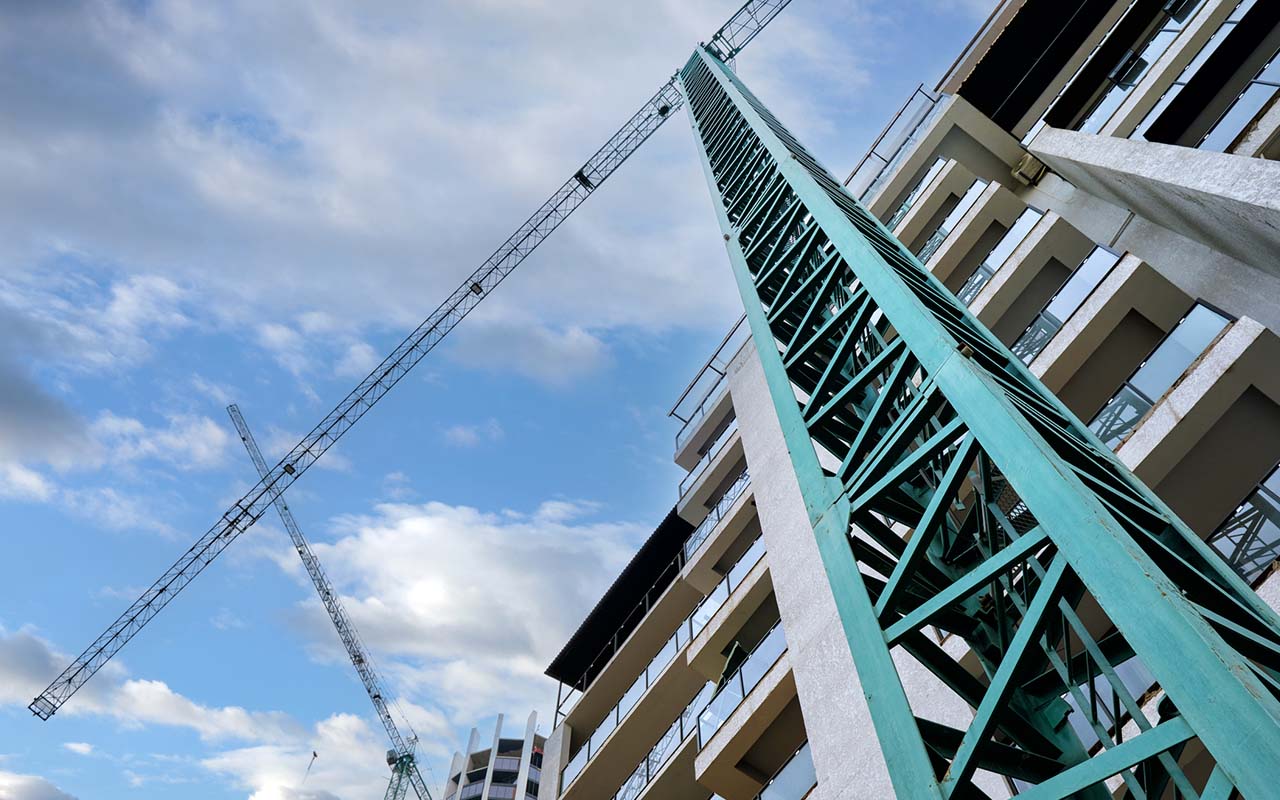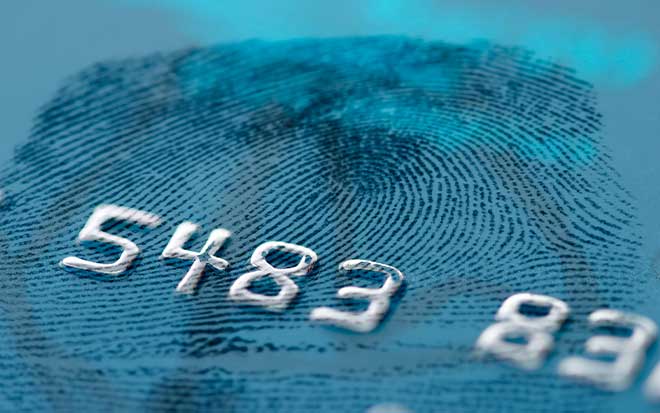March 10, 2025
Involuntary Bankruptcy: Often Discussed, Infrequently Used
I am commonly asked by clients and other lawyers who are frustrated by typical collection efforts if we can place the would-be debtor into an involuntary bankruptcy. The short answer is, yes, it is often possible to place a debtor into bankruptcy. An involuntary chapter 7 (liquidation) or chapter 11 (reorganization) may be commended by three[1] creditors holding claims which (i) are not contingent as to liability or (ii) the subject of a bona fide dispute as liability or amount and total at least $18,600 more than the value of any lien on the debtor’s property. Practically, however, involuntary bankruptcies are uncommon as they require effort (and legal expense) on the front end of the case, often with little certainty of any upside. This post discusses the mechanics, advantages, and disadvantages of involuntary bankruptcies.
-
Commencement of Involuntary Proceeding: An involuntary is commenced by filing a petition (which is a short form) and then proceeds like a typical civil litigation matter with an answer by the purported debtor, discovery, and trial on the merits. Given that a bankruptcy proceeding generally entails involvement by all creditors and interested parties, an involuntary bankruptcy typically involves more administrative/procedural actions and dealings with creditors than a state court receivership proceeding.
-
Post-Filing Operations: After filing an involuntary proceeding but before entry of an order for relief, the debtor may proceed to operate the business as if an involuntary bankruptcy has not been filed. As a result, petitioning creditors should consider seeking restrictions on the debtor’s operations or appointment of a trustee. The court may appoint a trustee in a chapter 11 case for (i) fraud, dishonesty, incompetence, or gross mismanagement or (ii) it is in the best interests of creditors, equity security holders, and the bankruptcy estate. The Bankruptcy Code also authorizes the bankruptcy court to limit a debtor’s authority to act after filing the involuntary petition but before the order for relief. In an involuntary chapter 7, during the “gap” period after filing the petition but before an order for relief is entered, the court may appoint an interim chapter 7 trustee in order to preserve property of the bankruptcy estate.
-
Risk to Petitioning Creditors: The Bankruptcy Code provides that, if an involuntary petition is dismissed other than by consent, the court may order the petitioning creditors to pay the debtors’ costs or reasonable attorneys’ fees. Moreover, if the court finds the petition was filed in bad faith, it can award the debtor its damages proximately caused by the filing or punitive damages.
-
Potential Pros: The advantages of an involuntary bankruptcy include:
-
It is an effective mechanism for taking control of assets for the benefit of creditors
-
Bankruptcy court is a sophisticated court which provides a centralized forum for efficient resolution of all claims.
-
The Bankruptcy Code and Bankruptcy Rules contain provisions governing anticipated key issues, such as adequate protection of secured lender’s interest, treatment of executory contracts, sale of assets outside of the ordinary course of business, post-bankruptcy funding, and resolution of competing claims.
-
Upon filing the involuntary petition, all litigation against the debtor is stayed.
-
Bankruptcy is a transparent process which will provide information regarding the debtor’s assets and liabilities and any proposed sale process.
-
Potential Cons: The disadvantages of an involuntary bankruptcy include:
-
Typically has higher attorneys’ fees than other options such as a collection action or receivership.
-
Exposure for costs and attorneys’ fees if petitioning creditors do not prevail on the petition and actual and punitive damages if it is found to have acted in bad faith.
-
Transparent process which will require creditor to publicly disclose information about its relationship with the debtor.
-
Creditor’s own pre-petition transactions with the debtor will be subject to review for potential avoidance like all other creditors’ transactions.
-
Bankruptcy court will consider the interests of all creditors, not just the petitioning creditors.
In conclusion, though I do not often get to commence an involuntary proceeding after receiving the initial question, I do believe involuntary bankruptcy can be an effective tool for recovering from a debtor in some circumstances. In my experience, involuntary bankruptcies may be particularly helpful where there are significant avoidance or other causes of action which a bankruptcy trustee is better suited to bring. Involuntary bankruptcies may also be useful in getting an uncooperative debtor to sell an asset for the benefit of creditors.
Nelson Mullins attorneys are experienced in handling bankruptcy matters of all sizes and are well equipped to advise debtors, trustees, purchasers, and other stakeholders on both the legal and practical aspects of issues affecting non-profit companies in a bankruptcy case.
[1] If there are less than 12 of holders of these claims, an involuntary petition may be filed by a holder of one claim in an amount of at least $18,600.









